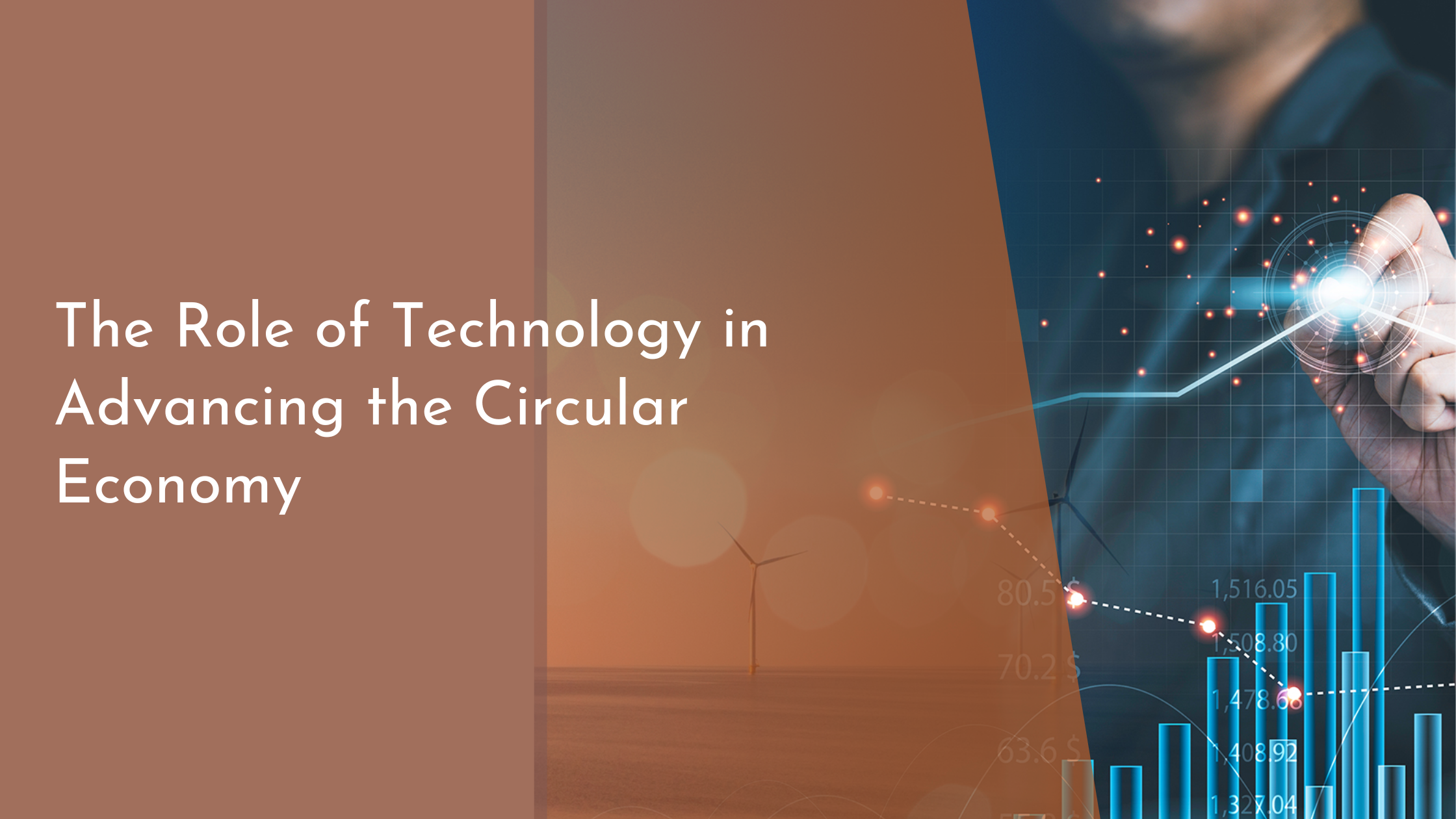The Role of Technology in Advancing the Circular Economy
As the world becomes increasingly aware of the environmental limitations of traditional linear economies, the concept of a circular economy offers a compelling path forward. This innovative model hinges on the elimination of waste and the continual use of resources, promoting sustainability and economic resilience. At the heart of this transformative shift is technology, which serves as a powerful catalyst in driving circular economy initiatives. In this article, we delve into the pivotal role of technology in advancing the circular economy, exploring key technological innovations, real-world applications, and the promising future that lies ahead.
Understanding the Circular Economy Concept
The circular economy is a systemic approach to economic development that stands in contrast to the traditional linear model of “take, make, dispose.” Instead of following a straight line from production to landfill, the circular economy aims to “close the loop” by keeping products, materials, and resources in use for as long as possible through recycling, reusing, and remanufacturing. This not only reduces waste and environmental impact but also enhances economic sustainability by creating new business opportunities and generating jobs.
At its core, the circular economy concept emphasizes design and innovation, encouraging the creation of products that can be easily disassembled, repaired, and repurposed. This shift from a wasteful linear model to a restorative and regenerative economic system requires a comprehensive understanding of product lifecycle management and resource optimization. By encouraging collaboration across sectors and integrating sustainability into business strategies, the circular economy paves the way for a more resilient and sustainable future.
Key Technologies Driving Circular Innovation
A range of cutting-edge technologies are instrumental in driving circular economy innovations. Among these, the Internet of Things (IoT) plays a crucial role by enabling real-time monitoring and data collection throughout the product lifecycle. IoT sensors can track the usage and condition of products, facilitating predictive maintenance and prolonging their lifespan. Additionally, IoT devices help in optimizing resource allocation and reducing energy consumption, making operations more efficient and sustainable.
Another significant technological advancement is the rise of blockchain technology, which offers transparent and secure tracking of materials and products. By providing a decentralized ledger of transactions, blockchain helps ensure accountability in supply chains and fosters trust among stakeholders. This technology is particularly vital in recycling and waste management processes, where it can verify the authenticity of recycled materials and prevent fraud, thus promoting the use of sustainable materials and reducing environmental harm.
Case Studies: Tech Solutions in Action
Real-world examples abound, showcasing the transformative power of technology in advancing circular economy practices. For instance, Dutch company Fairphone utilizes modular design and IoT technology to create smartphones that can be easily repaired and upgraded. This approach not only extends the device’s lifespan but also reduces electronic waste, demonstrating how tech solutions can drive sustainable consumer electronics.
Another notable case is the work of global apparel retailer H&M, which employs AI and data analytics to enhance its recycling programs and promote circular fashion. By analyzing consumer data and waste patterns, H&M optimizes its operations to minimize unused inventory and encourages the return and recycling of old garments. This tech-driven strategy exemplifies how businesses can integrate circular economy principles into their core operations, adding value both environmentally and economically.
The Bright Future of Tech in Circular Economies
As technology continues to evolve, its potential to further propel the circular economy becomes increasingly apparent. Emerging innovations such as artificial intelligence, advanced robotics, and 3D printing hold immense promise for enhancing circular initiatives. AI can offer predictive insights and optimize resource management, while advanced robotics can streamline sorting and recycling processes, making them more efficient and cost-effective.
Looking ahead, the integration of technology into circular economy frameworks is poised to accelerate, fostering a more sustainable global economy. With continued investment in research and development, new technological solutions will undoubtedly emerge, further closing the gap between production and sustainability. As businesses and governments embrace these innovations, the dream of a truly circular economy moves closer to reality, creating a future where environmental stewardship and economic prosperity go hand in hand.
Technology’s role in advancing the circular economy is nothing short of revolutionary, offering solutions that are reshaping industries and redefining economic paradigms. As we continue to embrace and develop these technological innovations, the journey toward a sustainable and circular future becomes increasingly attainable. By fostering collaboration and innovation, we can harness the full potential of technology, paving the way for a world that values sustainability, efficiency, and resilience. The bright future of tech in circular economies not only promises to transform our global systems but also inspires hope for a greener, more sustainable planet.

